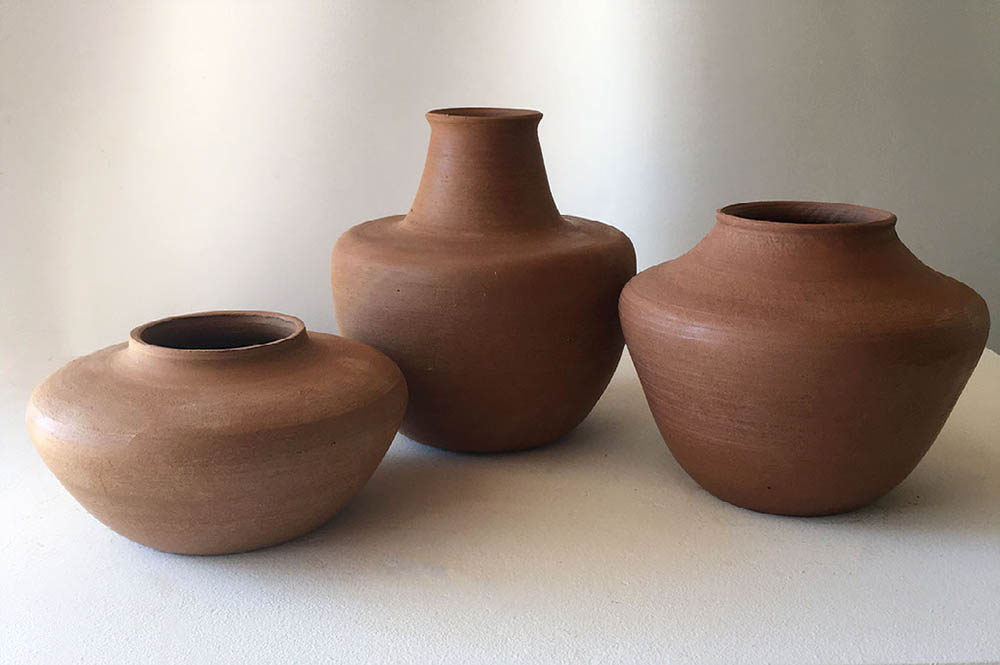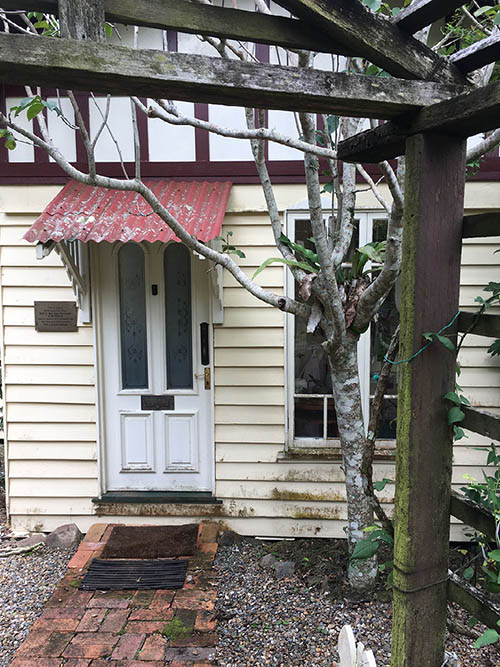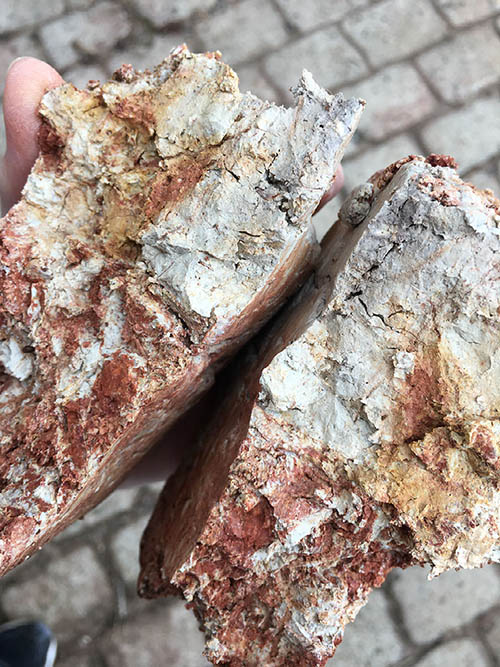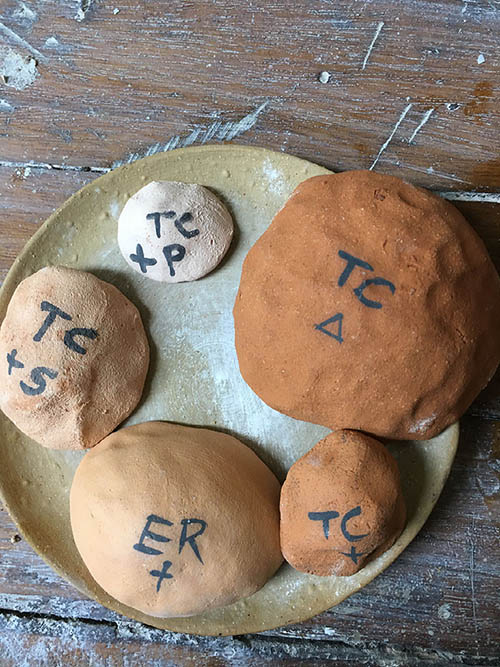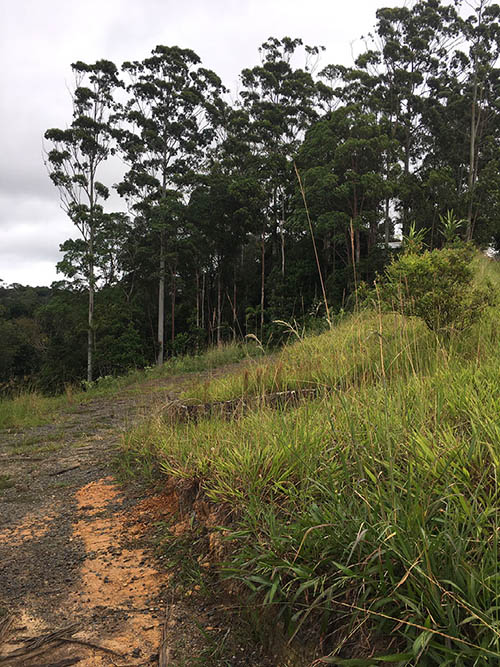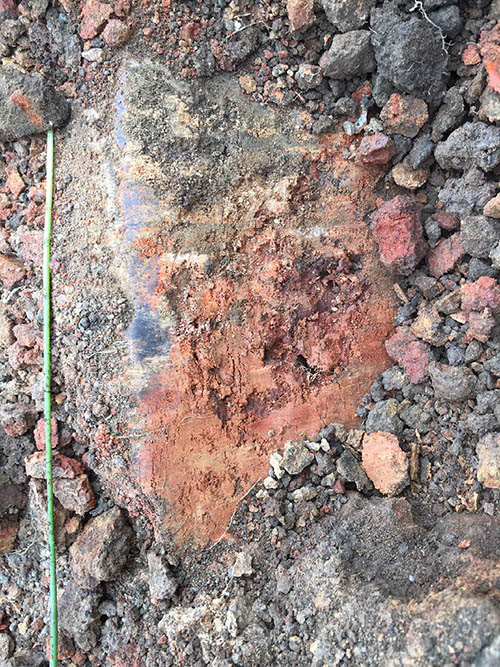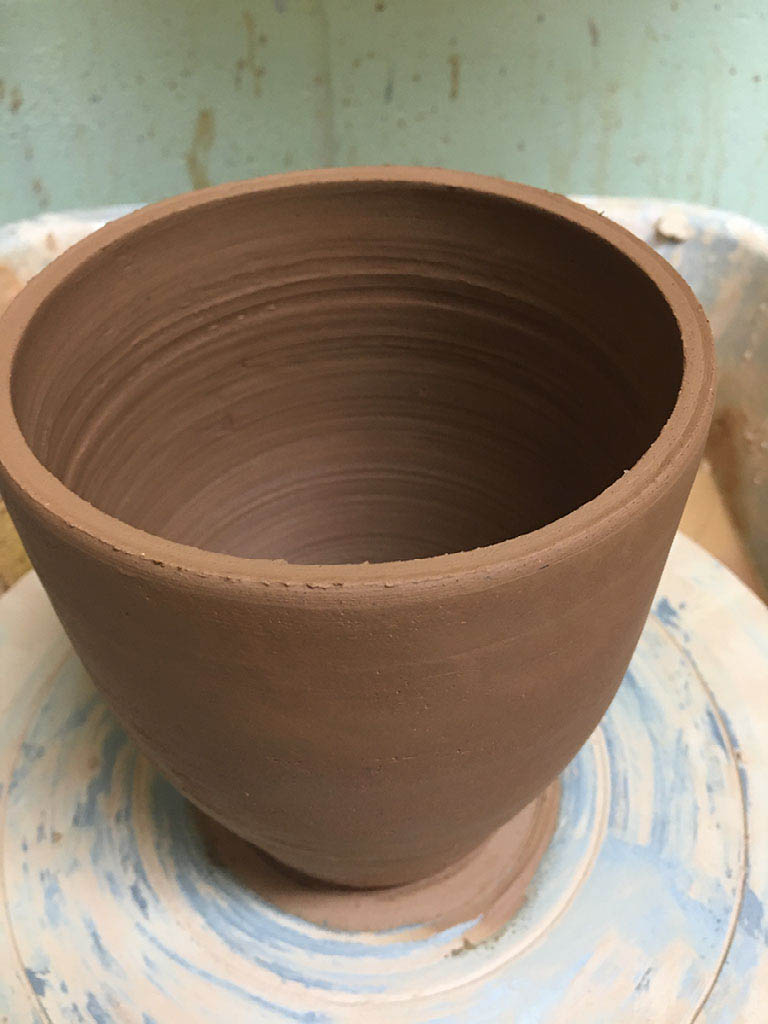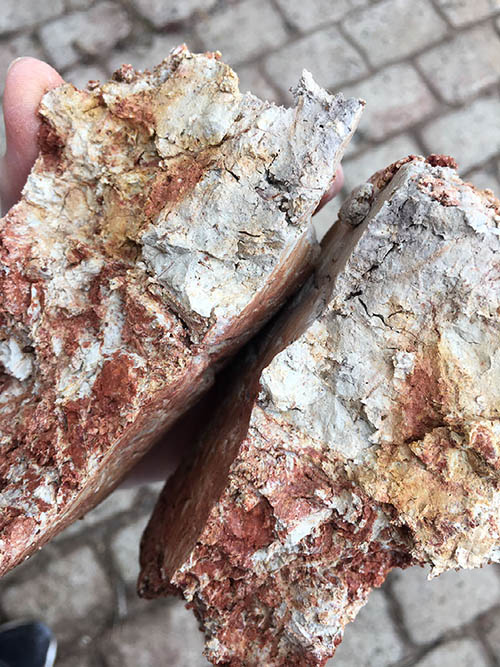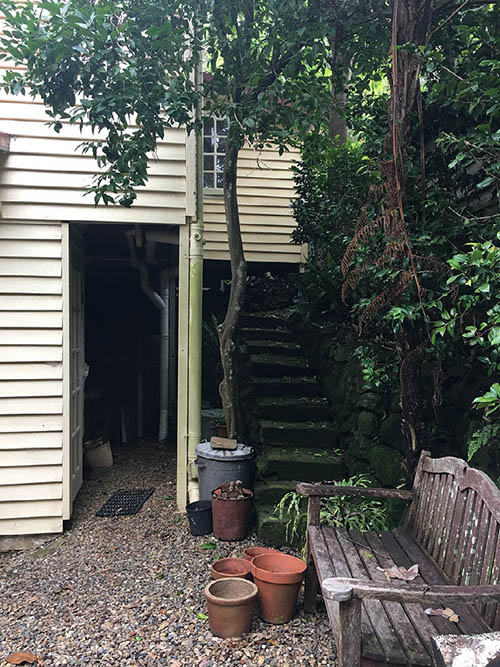With each step you take on life’s shifting ground,
put your foot squarely down on your own heart.
1939 South East Qld potters were encouraged to share their clay with other women potters in more remote areas of Australia, including S.A. and Alice Springs.
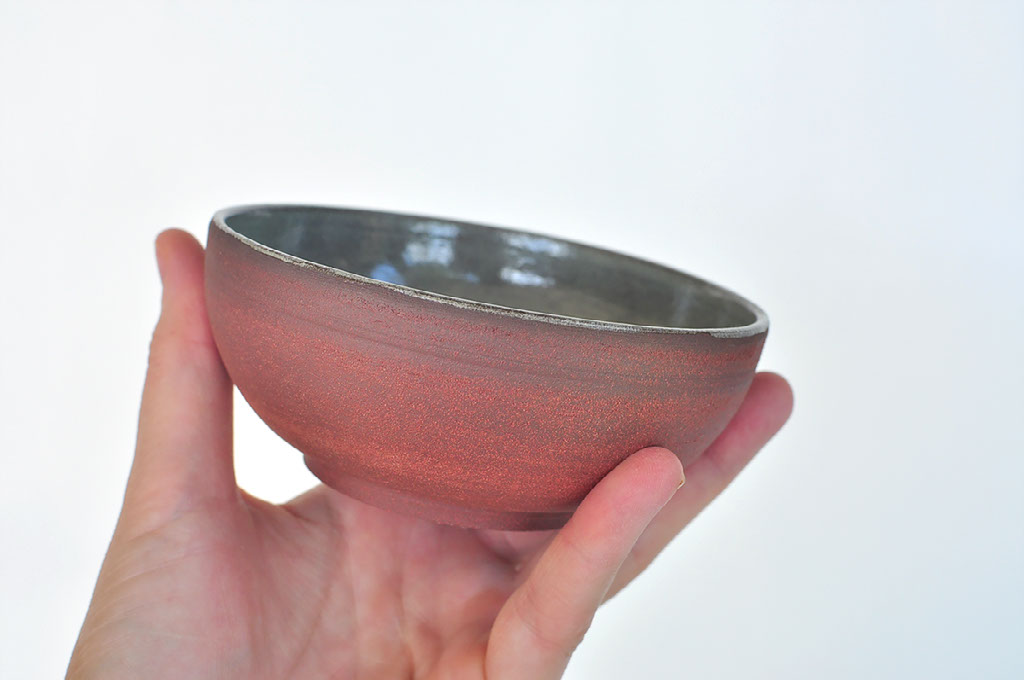
This commercial glaze by Amaco fit nicely.
Where our work will end up I’m not entirely sure. It would be great to exhibit them in the future. The art we make now will hold strong memories and document this interesting time where we have stood still. If we don’t exhibit, then perhaps we can publish or digitally share our results. I am more than happy to hear your ideas. An article in the Journal of Australian ceramics late in the year is a definite possibility.
With this in mind, it would be great if you can document/ photograph your making with this clay. What are the features of the clay you like and what needed improvement.
I have been developing my own body of work with these clays as a separate project and hope to receive a regional arts development grant through my local council. This will allow me to follow up with my research about the mid century female potters who used these same clays. It will also involve working with a geologist.
Location #1
Red Retreat
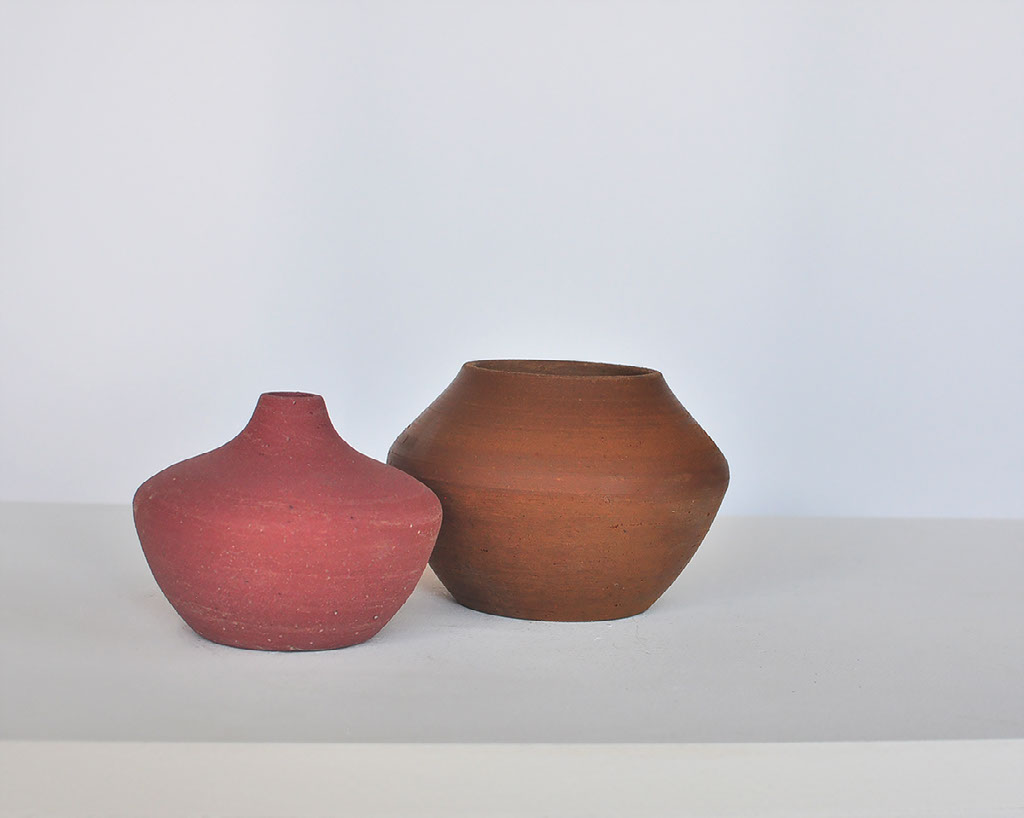
Red retreat location, and recent work with the Red Retreat + 20% Red Keane Raku T.
Base was wheel thrown and I am now adding coils and hand building for height.
Location #2
Eagles Close
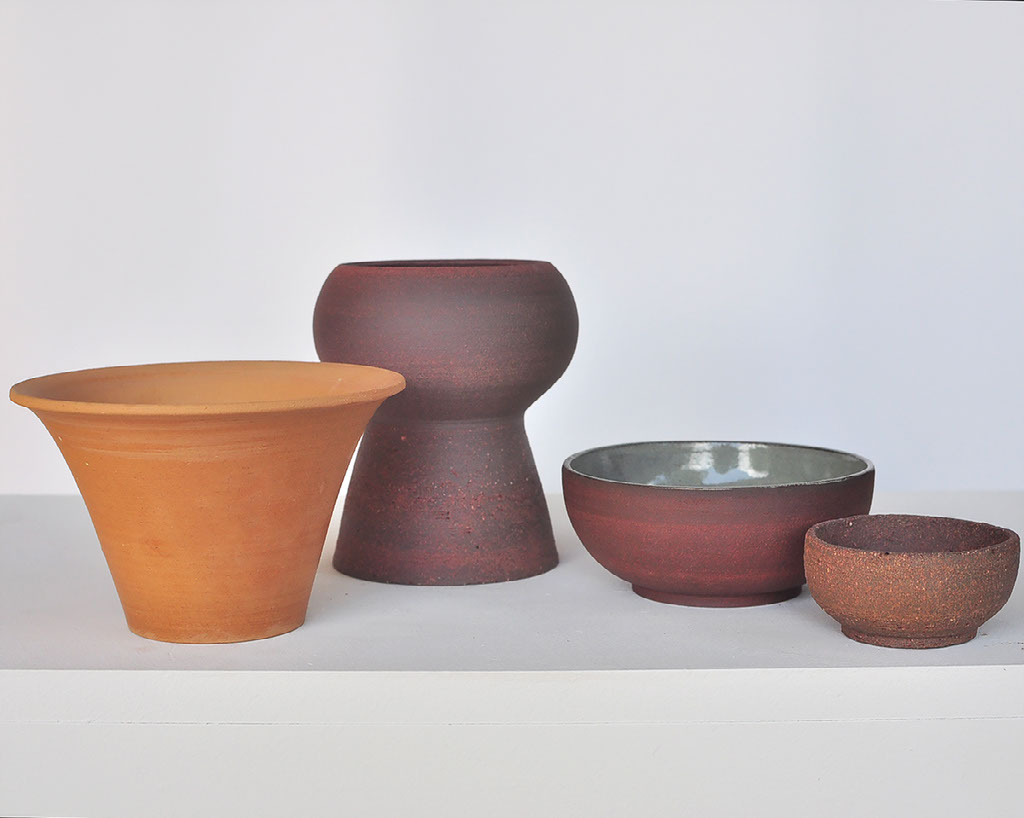

Location #3
Poplars-Morris Sisters
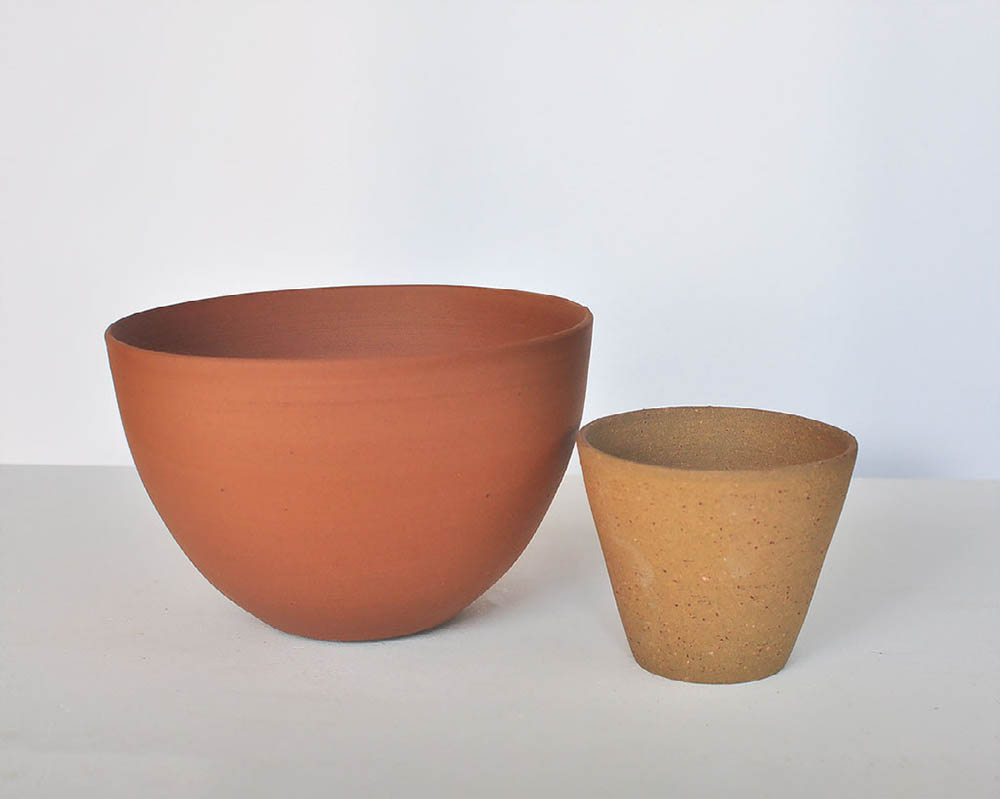
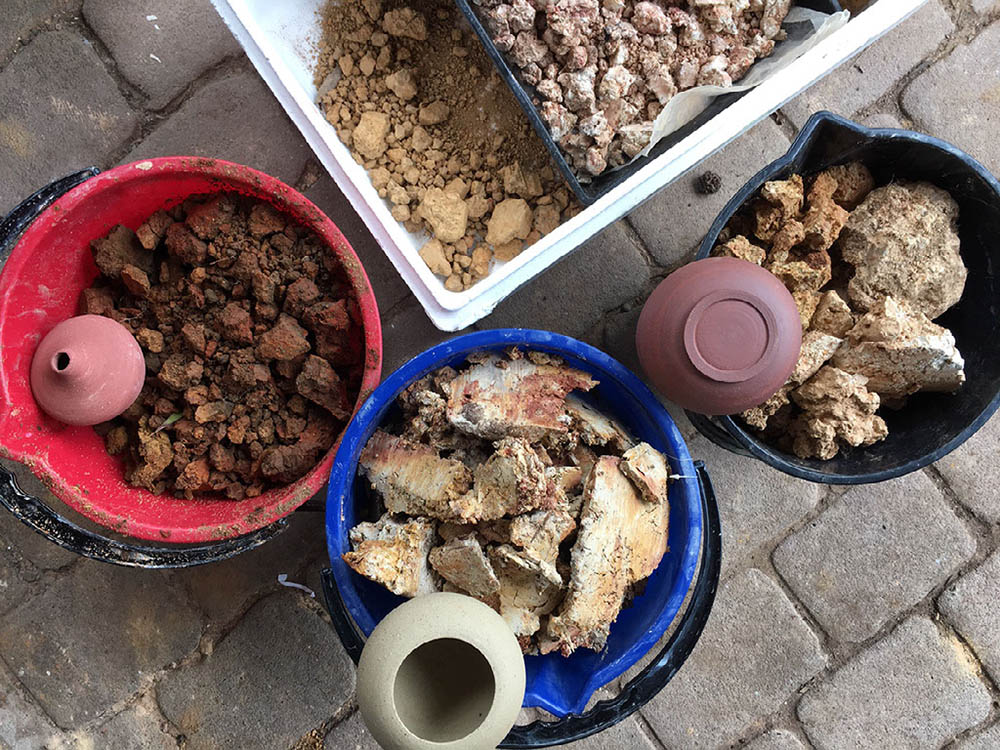
left to right; Red Retreat, Poplars, Eagles Close.
